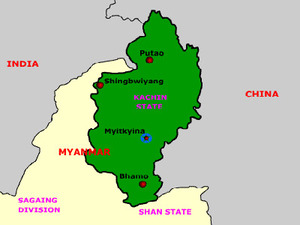7667766266
enquiry@shankarias.in
What is the issue?
How are India's maritime boundaries?
How does it compare with China?
What is the case with Bangladesh and Myanmar?
What is the refugee issue?
What is China's role here?

Why is India concerned?
What lies ahead?
Source: BusinessLine